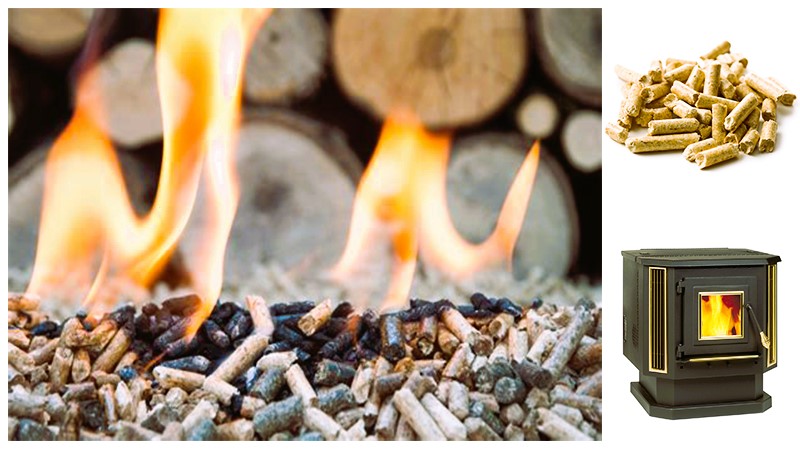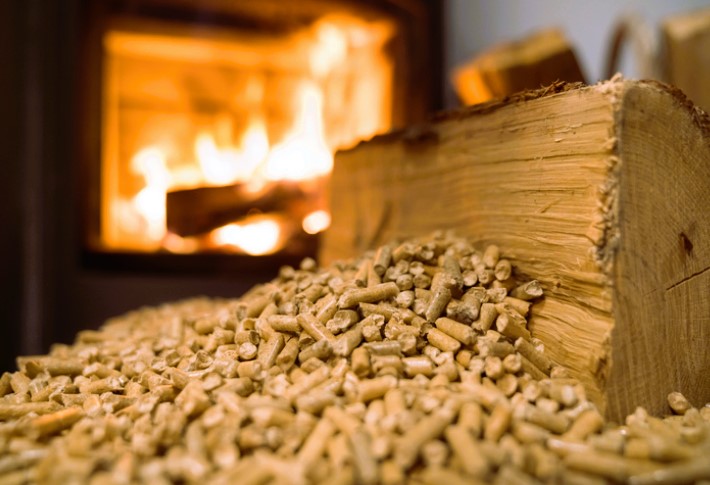
Wood Pellet Stoves: A Sustainable Heating Solution
As the world grapples with the challenges of climate change and the need to reduce carbon emissions, sustainable and eco-friendly heating solutions have gained prominence. Wood pellet stoves have emerged as a popular choice for heating residential and commercial spaces, offering a sustainable and efficient alternative to traditional heating methods. In this article, we will explore the benefits of wood pellet stoves, their operation, and their role in promoting sustainability and energy efficiency.
The Case for Sustainable Heating
Heating represents a significant portion of energy consumption in residential and commercial buildings. Traditional heating methods, such as oil or gas furnaces, often rely on non-renewable resources and can contribute to air pollution and greenhouse gas emissions. This makes finding sustainable alternatives crucial to reduce the carbon footprint and mitigate the impacts of climate change.
Wood pellet stoves are a compelling solution in the quest for sustainability in heating. They utilize wood pellets made from compressed sawdust, wood shavings, or other biomass materials. The production of wood pellets often utilizes waste products from the timber industry, reducing the environmental impact and promoting resource efficiency.
How Wood Pellet Stoves Work

Wood pellet stoves are designed to burn wood pellets efficiently and cleanly, providing heat while minimizing emissions. Here’s how they work:
- Fuel Loading: Wood pellets are loaded into a hopper or storage container attached to the stove. These pellets are automatically fed into the combustion chamber as needed.
- Combustion: The pellets are ignited within the combustion chamber, creating a controlled and consistent flame. The combustion process is highly efficient and produces minimal ash.
- Heat Transfer: The heat generated during combustion is transferred to the room through a heat exchanger or radiant heat. Some models use fans to distribute the warm air more effectively.
- Exhaust and Emissions: Wood pellet stoves are equipped with exhaust systems that filter and vent the combustion byproducts, including fine particulate matter and gases, outside the building. This ensures that indoor air quality remains high. Read our article about the Science behind Energy Efficient Insulation.
- Automatic Controls: Most wood pellet stoves come with advanced controls that allow users to adjust temperature settings and monitor fuel consumption easily.
Benefits of Wood Pellet Stoves
Wood pellet stoves offer a range of benefits that make them a sustainable and efficient heating solution:
- Renewable Fuel: Wood pellets are made from a renewable resource – wood – and their production often involves using wood byproducts that would otherwise go to waste.
- Low Emissions: Wood pellet stoves produce minimal emissions, including lower levels of carbon dioxide, sulfur dioxide, and volatile organic compounds compared to traditional heating methods.
- High Efficiency: Wood pellet stoves are highly efficient, with combustion rates often exceeding 90%. This means that a large portion of the energy from the pellets is converted into heat.
- Cost-Effective: Wood pellets are a cost-effective heating option, especially in regions with abundant wood resources. The price of wood pellets is generally stable and competitive with other fuels.
- Convenient Fuel Storage: Wood pellets are typically sold in bags, making them easy to store and handle. Some homeowners can even have pellet delivery services.
- Reduced Ash Disposal: Wood pellet stoves produce minimal ash compared to traditional wood-burning stoves, reducing the need for frequent ash removal.
- Programmable Controls: Many wood pellet stoves feature programmable controls, allowing users to set desired temperatures and schedules for automatic operation.
Sustainable Energy and Environmental Impact
Wood pellet stoves play a part in the larger effort to transition to sustainable and renewable energy sources. They contribute to reducing the carbon footprint of heating, lowering the demand for fossil fuels, and promoting responsible forestry practices. Using wood pellets as a heating source can also lead to less reliance on non-renewable resources and help combat deforestation.

Government Standards and Regulations
To ensure the safety and efficiency of wood pellet stoves, various government standards and regulations are in place. In Canada, these standards are established and monitored by organizations such as the Canadian Standards Association (CSA). Compliance with these standards is essential to guarantee that wood pellet stoves meet the necessary quality and safety requirements.
Conclusion
Wood pellet stoves offer a sustainable, efficient, and eco-friendly heating solution for residential and commercial spaces. They utilize renewable fuel sources, produce minimal emissions, and contribute to reducing the carbon footprint associated with heating. As we continue to address the challenges of climate change and environmental sustainability, wood pellet stoves play a crucial role in promoting energy efficiency and responsible resource management.
For more information on wood pellet stoves and the relevant standards and regulations in Canada, you can visit Canada.ca, where you can find valuable resources and guidance. By embracing wood pellet stoves as a sustainable heating solution, we can move closer to a more sustainable and environmentally responsible future.
